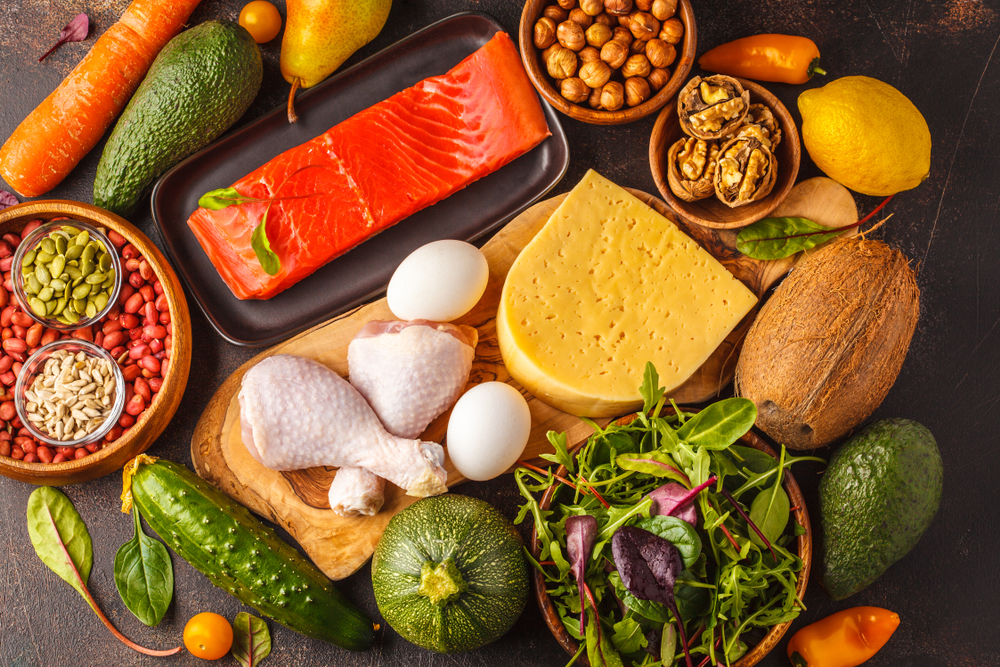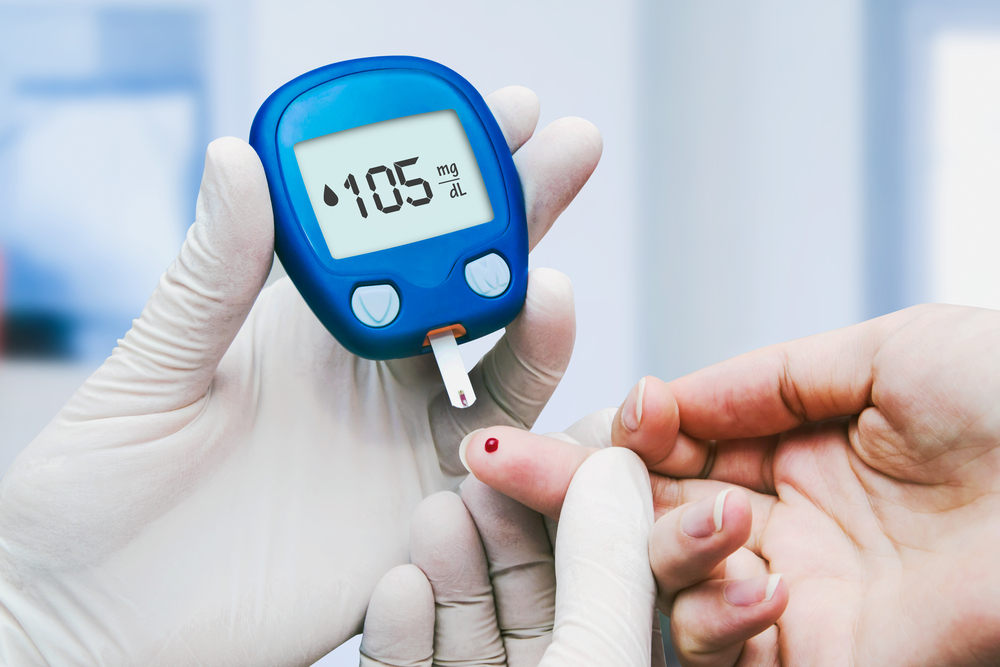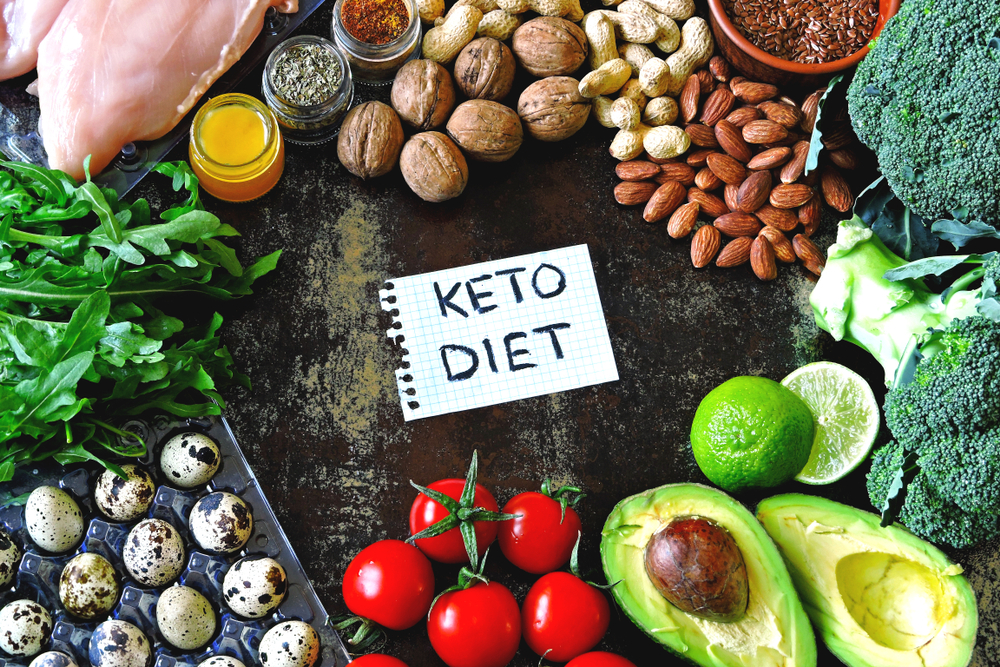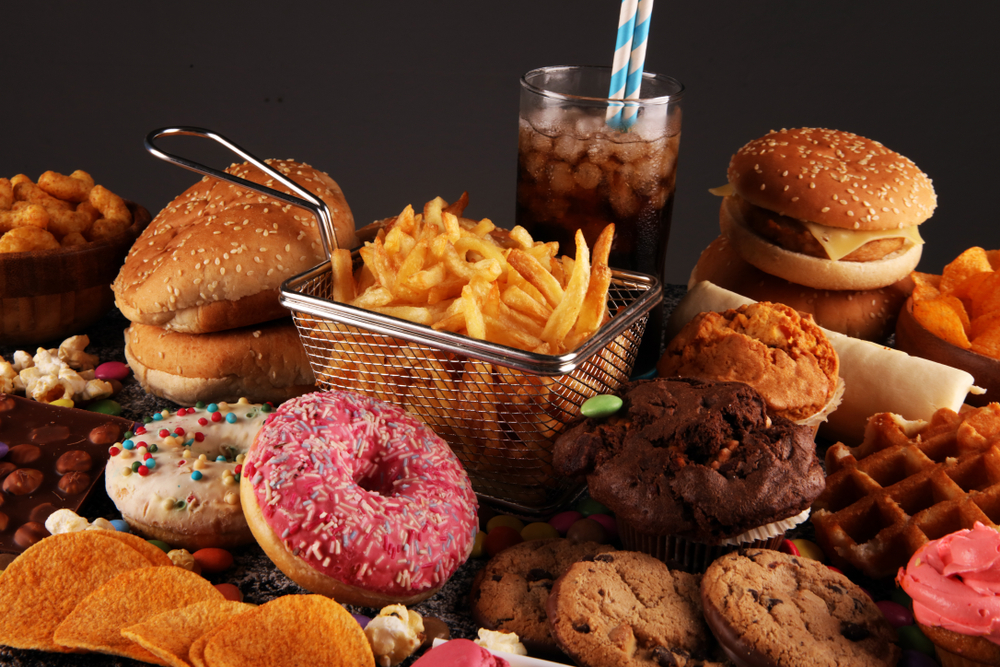Lazy Keto Diet: An Excellent Way to Lose Extra Body Weight
- Get link
- X
- Other Apps
Weight loss is a top fitness goal for most people worldwide, and we often look for effective ways to bounce back in shape. The lazy keto diet is recently gaining traction for its impressive results in instigating quick weight loss. Nowadays, many fitness junkies follow the original keto diet to reach their weight loss goals, but some of them find it difficult to adhere to the strict diet for long. Thus, they often strive to discover other remedies to help them chisel down. And this is where customized diets such as lazy keto meals come into the picture. If you are overweight and looking for effective and easy ways to shed a few pounds, eating healthy foods can help you reach your fitness goals fast. Here, we are going to discuss how it is different from the original keto food plan, the right ways to follow it, and the associated benefits. Read on!
What Is a Lazy Keto Diet?
The lazy keto diet is a ketogenic food plan which includes high-fat, high-protein, and low-carb foods. However, it is less restrictive in terms of carbohydrate intake as compared to the original ketogenic diet, thus making it a more convenient diet for people on the run. Though it is much more relaxed, the lazy keto essentially requires you to restrict your daily carb intake to 10% of your daily calorie intake. It means your body should get 10% of your daily calories from the carbs you eat, the rest of the calories should come from the healthy fats and proteins in your diet. In simpler words, you must restrict your daily carb intake to 30-40 grams without worrying too much about counting on the macros to push your body to enter the state of ketosis.
Our contributor Barbara Kovalenko RD and nutrition consultant at Lasta, states that while on the lazy keto approach, there is no specific daily carb limit, but generally, individuals may consume around 20-50 grams of net carbs per day. She adds, “This allows for a flexible approach to carb intake while still promoting ketosis and fat burning.”
What Is the Difference Between Keto And Lazy Keto Diet?

The keto diet is extremely popular amongst fitness junkies for accelerating their weight loss journey. The original keto diet includes high-fat, moderate-proteins, and very low-carb foods and was first used in the 1920s to treat patients with epilepsy (1). The traditional ketogenic diet is the strict form of diet and requires you to keep track of the macronutrient and focuses on inducing ketosis in your body. The macronutrient ratio you must ensure to intake while following the original ketogenic diet is as follows (2).
- 55-60% – healthy fats (from yogurt, avocado, fatty fish, eggs, nuts, dairy, etc).
- 30-35%- protein (from lean meats, lentils, nuts, etc).
- 5 -10 % – carbohydrates (from rice, berries, flour, etc).
Ketosis is a metabolic state in which your body uses fat as the primary fuel source to energize your body instead of carbohydrates, thus stimulating the weight loss process in your body (3).
Our contributor Barbara Kovalenko, says, “Ketosis is a metabolic state where the body primarily burns fat for fuel instead of carbohydrates. This occurs when carbohydrate intake is significantly reduced, leading to the production of ketones as an alternative energy source.”
The recent findings have highlighted the keto diet’s therapeutic potential to manage an array of health conditions such as diabetes, acne, and cardiovascular functions apart from weight management (2).
Nowadays, the variations of the original ketogenic diet such as the lazy keto diet have gained popularity as an effective and relaxed weight loss method. This version of the diet allows the dieter to include 10% of low-carb foods in their diet, that too without worrying about keeping track of macronutrients such as proteins and fats.
Top 3 Health Benefits Associated with the Lazy Keto Diet
Eating mindfully is crucial for weight management and overall health. Nowadays, most of us gorge on unhealthy, processed, and fast-to-cook meals, which affect the body’s metabolism and lead to several health problems, including healthy weight gain. Here are a few benefits of the lazy keto diet to inspire you to keep following a low-carb meal to stay in the best of health.
1. Weight Management

Several versions of the keto diet contain fewer carbs and more fats (healthy fats), leading to the scarcity of primary fuel sources- carbohydrates in the body. In such situations, your body attains ketosis and switches its fuel mechanism.
During ketosis, your body starts using fats as the primary fuel source to produce energy to carry out different functions and keep you active & energized throughout the day. Since your body burns more fat for energy during ketosis, you are likely to experience healthy weight loss. Besides, high amounts of protein in the ketogenic diets render a feeling of satiety, thus allowing you to avoid gorging on unhealthy snacks and limiting your calorie intake(4). If you are struggling to lose extra body weight and get back in shape, following the lazy keto diet may help you reach your fitness goals faster.
2. Blood Glucose Management

Ketogenic diets may be highly beneficial in the management of blood glucose. When your body attains nutritional ketosis with a low-carbohydrate diet, the insulin levels remain low, thus helping in blood sugar control. Besides, it helps improve inflammatory markers, fasting insulin, and metabolism for overall wellness (5).
3. Improved Cardiac Health
Though ketogenic diets are primarily looked upon as an effective tool for weight management, they pose certain benefits to your cardiovascular health as well. Since your body burns more fat during ketosis for energy, it reduces the amounts of low-density lipoproteins (LDL), also called bad cholesterol. A decrease in bad cholesterol in the body reduces your risk of suffering cardiovascular ailments such as heart attack, stroke, or blockages in the arteries. Also, ketogenic diets may help improve systolic and diastolic blood pressure, thus helping you stay active and energized (6).
Foods to Include in Lazy Keto Diet

Now that we are aware of the potential health benefits of the lazy keto diet, you may want to know which foods you should include in the lazy keto diet. Since it is a low-carb, high-fat diet, you must ensure to incorporate high amounts of healthy fats and limit carbs for the best health benefits. Here is a list of foods that make a wonderful addition to ketogenic diets.
1. Healthy Fats
Remember that not all fats are the same and eating the wrong kinds of fat may show negative effects on your health. The high-fat diets like keto must include foods that are rich in healthy fats. Some of them are sunflower butter, MCT oil, peanut butter, nuts, cheese, yogurt, avocado, almond oil, etc.
Disclaimer: Though the types of fats found in these food items are generally considered healthy for most people, they may trigger pollen and nut allergies in a few cases).
2. Proteins
The ketogenic diets comprise moderate proteins. You can include healthy sources of proteins in your diet to induce ketosis in your body. For best results, incorporate cottage cheese, tofu, eggs, lean meats, milk, lentils, and beans. Though you can include greater amounts of lentils and beans while on the lazy keto diet, ensure to keep a calorie count as these foods may contain higher concentrations of carbs, which may interfere with your body’s metabolism and delay the onset of ketosis.
3. Carbs
The ketogenic diets are low in carbs and restrict fruits and vegetables with high glycemic index. Some keto-friendly foods for carb intake are zucchini, asparagus, orange carrots (avoid red Indian carrots), kale, spinach, cauliflower, bell pepper, mushroom, and broccoli. In addition, you can include low-carb fruits such as berries, kiwis, oranges, and apples. Cereals are the main ingredients in many diets. Wheat, millets, and barley are a few keto-friendly grains you can include in your diet. Besides, you can make the keto diet much more flavorful with keto-friendly herbs & spices such as rosemary, chili, ginger, garlic, cumin, coriander, and oregano.
Also, you can include certain beverages such as tea & coffee (without sugar), and vegetable juice to the lazy keto food list. These beverages may be not allowed in the original ketogenic diet.
Foods to Avoid While You Are on Lazy Keto Diet

Though the lazy keto diet is a relaxed type of keto diet, you must avoid high-carb foods to ensure that your body attains the metabolic state of ketosis for the best fat-burn results. Here are certain foods to avoid while following the lazy keto diet.
- Starchy Vegetables: potato, sweet potato, green peas, and sweet corn.
- High Glycemic Fruits: banana, pineapple, sapodilla, mango.
- Sugary Foods: ice cream, chocolates, flavored & sweetened drinks, candies, and muffins.
- Trans Fats: processed foods, cookies, chips, pizza, burgers, and deep-fried foods.
Side Effects of Lazy Keto Diet
Many dieters found lazy keto easier and more convenient than the strict keto diet. But, along with it, it involves certain side effects. Let’s take a look at the downsides of the relaxed variant of the ketogenic diet.
1. Lesser Chances of Reaching Ketosis
Since the lazy diet allows you to eat more carbs than the original keto, the onset of ketosis is not guaranteed. An excess intake of carbohydrates in your diet may interfere with your body’s metabolism, and your body may still be using carbs as a primary fuel source rather than fats, thus delivering little to no weight loss results.
2. Calorie Count Still Matters
Limiting the daily calorie intake is the key purpose of any diet for weight loss. The same is true with keto diets. Many people often go overboard with calorie intake than the permissible limits while on lazy keto, which may not provide you the desired fat-burn results.
3. May Lead to a Lack of Energy Levels in Athletes
Many people who follow the original keto diet are said to experience improved energy levels after a few days of starting the diet. But, it may not have a positive impact on aerobic training and sports endurance. A study pinpoints that a non-energy-restricted keto diet may negatively affect endurance capacity, peak power, and exhaustion rate in competitive athletes and sports persons (7).
4. Not Suitable for Hypoglycemic Individuals
While ketogenic diets are said to be beneficial for people suffering from diabetes, they may not be suitable for individuals with hyperglycemia. A study reported that following ketogenic diets for a long time may lead to hypoglycemia in a few cases (8). Eating low-carb foods may drop blood glucose to dangerously low levels in hypoglycemic patients and may lead to severe complications.
5. Long-term Side Effects
The benefits associated with ketogenic diets are immensely popular but their side effects are not effectively reported. Some long-term side effects of following the keto or lazy keto diet include hepatic steatosis, kidney stones, hypoproteinemia, and vitamin and mineral deficiencies (2).
Conclusion
The lazy keto diet is a relaxed and less restrictive diet for all those who find sticking to the original keto diet a challenge. While it allows you to slightly increase your daily carb intake, there are no specific rules for altering intake or proteins and fats in the ketogenic diet. Overall, the lazy keto diet may provide the same health benefits as the strict keto diet at least in the short term. A few common benefits you may reap with the lazy diet are weight management, improved cardiac health, and blood sugar regulation. The healthy fats in the lazy keto diet lower the levels of bad cholesterol and reduce your risk of potential cardiac maladies such as heart attack, problems with blood pressure, and arterial blockages. Though keto diets are immensely popular for their health benefits, they may sometimes show certain side effects such as the risk of developing hypoglycemia, kidney stones, and nutritional deficiencies. Hence, you must practice caution before starting the ketogenic diet.
Contributor: Barbara Kovalenko, Nutritional Consultant, Lasta
ALSO READ: Weighing in the Power of Ketosis with the Best Keto Diet Plan
- Get link
- X
- Other Apps
Comments
Post a Comment